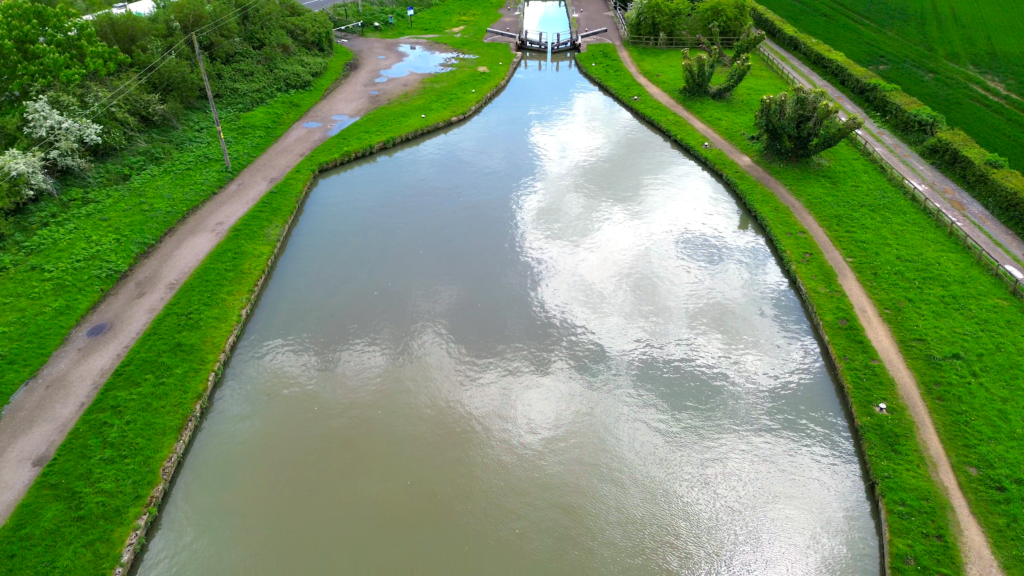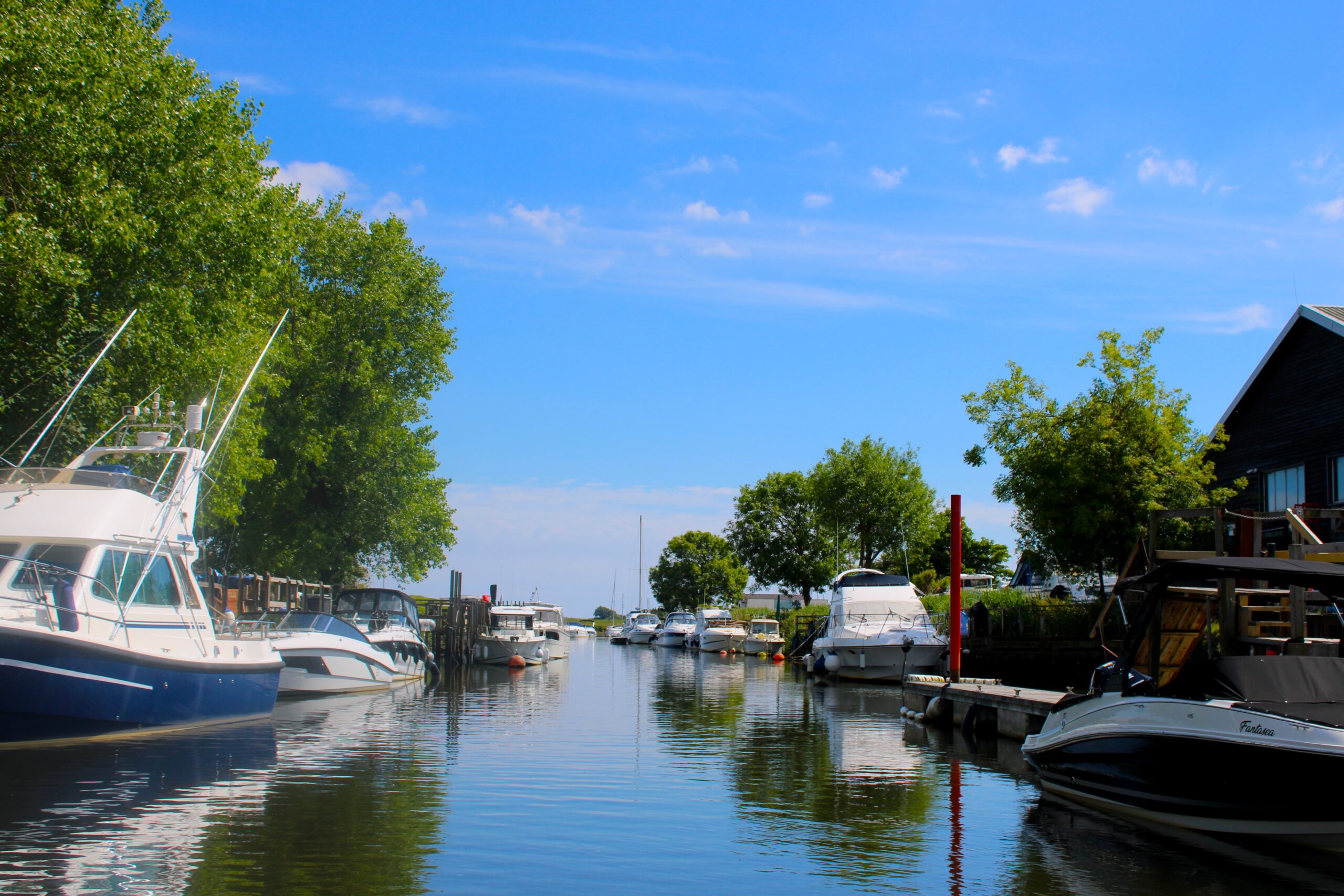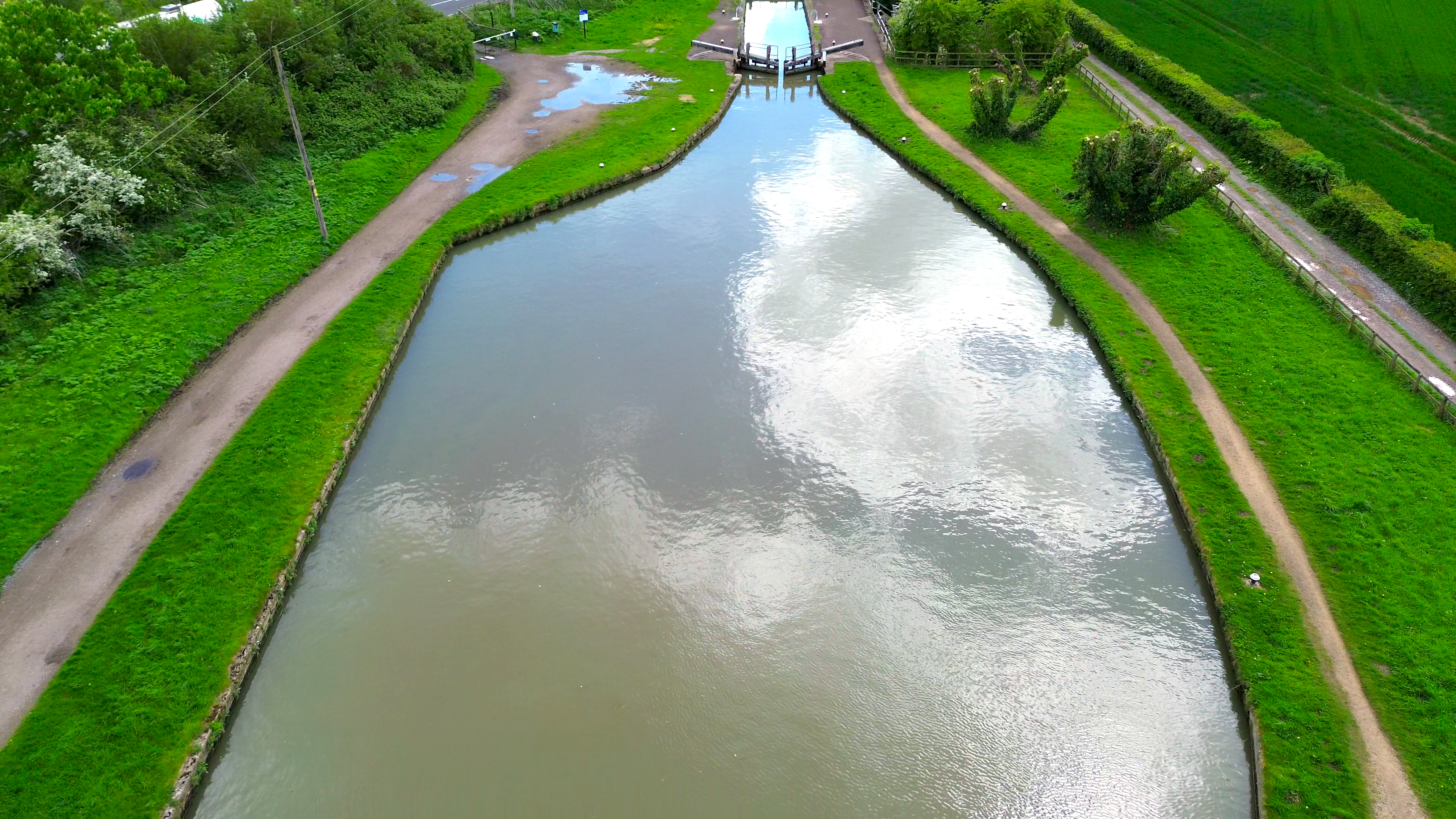Owning a canal boat in the UK can be a dream come true for many, offering a unique lifestyle and the chance to explore the nation’s intricate waterways. However, this dream comes with its own set of costs. From Canal & River Trust (CRT) fees to mooring costs, fuel, and coal, understanding these expenses is crucial for anyone considering this lifestyle. Let’s break down the key costs associated with running a canal boat in the UK.
1. Canal & River Trust (CRT) Fees
The CRT manages the majority of the waterways in England and Wales, and using these waterways requires a licence. The cost of the licence depends on the length of the boat. For 2024, the prices are approximately:
• Up to 40ft: £750 – £850 annually
• 40ft to 57ft: £1,000 – £1,200 annually
• 57ft to 70ft: £1,200 – £1,500 annually
These fees allow you to navigate the canals and use various services provided by the CRT, including maintenance of the waterways. Allow up to double these numbers if you are on a widebeam.
2. Mooring Costs
Mooring costs can vary significantly based on location and type of mooring:
• Marina Mooring: Mooring in a marina provides additional facilities like water, electricity, and security. Prices can range from £2,500 to £4,000 per year depending on the location and the size of your boat.
• Towpath Mooring: More affordable than marinas, towpath moorings typically range from £500 to £1,500 annually, but they may not offer the same level of amenities.
• Residential Mooring: If you plan to live on your boat, you’ll need a residential mooring, which can be pricier due to council tax and additional services. Expect to pay between £3,000 and £6,000 per year. If you are near London these costs will be significantly higher.
3. Fuel Costs
The cost of fuel is a significant ongoing expense. Canal boats primarily use diesel engines:
• Diesel: Diesel prices fluctuate, but as of 2024, the cost is around £1.30 per litre. An average narrowboat might use between 1-1.5 litres per hour of cruising. If you cruise regularly, this can add up to £500 – £1,000 annually.
4. Coal and Heating Costs
Heating your boat during the colder months is essential. Most boaters use a combination of solid fuel stoves and central heating systems:
• Coal: A typical 25kg bag of coal costs about £10 – £15. If you’re using coal primarily for heating, you might use around 1-2 bags per week in the winter months, totalingapproximately £300 – £600 for the winter season.
• Gas: Many boats also use LPG gas for cooking and sometimes for heating water. A 13kg gas bottle costs around £35 and might last 6-8 weeks, adding up to around £200 – £300 annually.
5. Maintenance and Repairs
Regular maintenance is essential for keeping your boat in good condition. Budget for:
• Annual Service: Engine servicing, checking systems, and minor repairs can cost between £200 and £400.
• Blackening: Every 2-3 years, your boat’s hull needs blackening to protect it from corrosion, costing £500 – £1,000.
• Unexpected Repairs: Always set aside a contingency fund for unexpected repairs. A reasonable budget would be around £500 – £1,000 annually.
6. Insurance
Boat insurance is mandatory for obtaining a CRT licence. Costs vary based on the boat’s value and the level of cover:
• Third-Party Insurance: Costs between £100 and £200 annually.
• Comprehensive Insurance: Can range from £200 to £400 annually.
7. Utilities
• Water and Electricity: If you’re in a marina, water is usually included in mooring fees, while electricity is metered. Expect to spend around £10 – £20 per month on electricity.
Conclusion
Running a canal boat in the UK can cost anywhere from £3,000 to £10,000 annually, depending on your lifestyle, cruising habits, and choice of mooring. While these costs may seem high, they can be offset by the unique benefits and experiences that canal boating offers, such as the tranquility of the waterways, the sense of community among boaters, and the flexibility to move and explore at your own pace.
Before diving into canal boat ownership, it’s essential to thoroughly research and plan for these expenses to ensure that you can fully enjoy your time on the water without unexpected financial stress.



